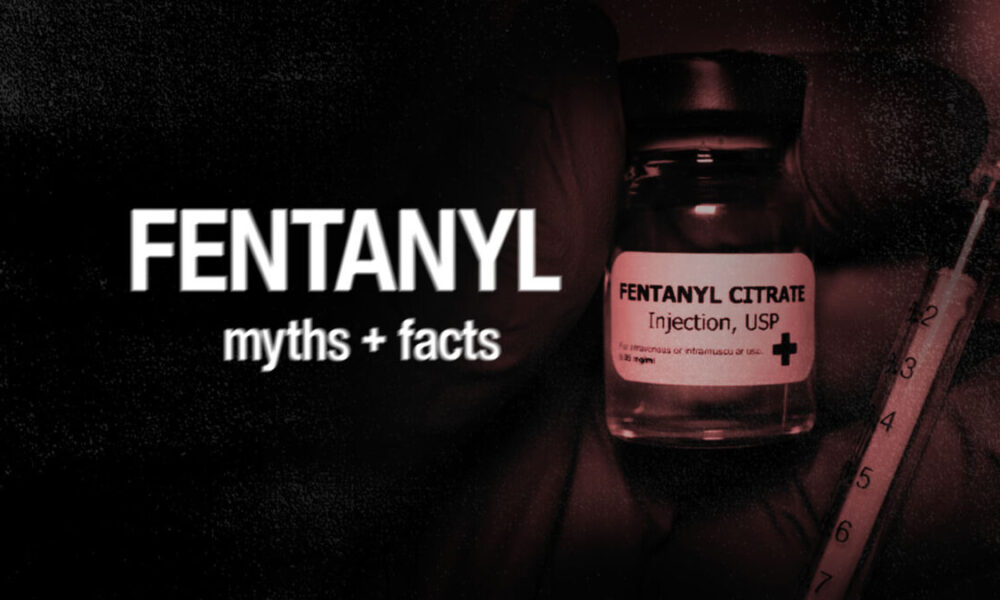Opinion
The Fentanyl Crisis: Fact Or Fable?
By Udechukwu Ikenna Valentine

Fentanyl, a synthetic opioid, has gained notoriety in recent years due to its potent nature and involvement in the opioid crisis.
Originally developed for medical purposes to alleviate severe pain, fentanyl has increasingly found its way into the illicit drug market, leading to a surge in overdose deaths due to its potency and the inability of users to accurately gauge dosage, thus becoming a public health concerns. China remains the primary source of fentanyl and other fentanyl-related substances.
Fentanyl is a synthetic opioid that is incredibly potent, with 1mg having the same potency as 50mg of heroin, 67mg of oxycodone and 100mg of morphine. The considered potential lethal dose of fentanyl is about 2mg. According to the DEA, only 2mg of fentanyl can be lethal, depending on the person’s body size, past usage, and tolerance. One kilogram of fentanyl can potentially kill 500,000 individuals. A study by The Ridge Ohio, An American-Based Addiction Treatment Centrereveals a disturbing statistic, with Fentanyl identified as the primary culprit in an alarming 52.7% of all overdose deaths. The Centers for Disease Control and Prevention (CDC) reported that in the United States alone, over 593,000 people died from opioid overdoses between 1999 and 2020; 93,000 in 2020 alone with synthetic opioids like fentanyl being a leading cause.
One of the most significant risks associated with fentanyl is its high potency, which makes it particularly dangerous when used in non-medical settings. Users may inadvertently consume lethal doses, leading to respiratory depression, loss of consciousness, and death. Fentanyl’s presence in the illicit drug market has led to a lack of quality control, making it difficult for users to know the strength or contents of the substances they are consuming.
Mitigating the impact of fentanyl and the broader opioid crisis requires a multifaceted approach and I must say the effort of the NDLEA is commendable. Prevention efforts which includes education and awareness about the risks of opioid abuse, promoting responsible prescribing practices among healthcare providers, and implementing stricter regulations to reduce the availability of illicit opioids.
The NDLEA in recent months have arrested and confiscated consignments of Fentanyl, the arrest of two Onitsha market traders and the Warri Fentanyl gang making it to the top of the list.
This is a call to the parties involved, especially The Pharmaceutical Council of Nigeria (PCN) and National Agency for Food and Drug Administration and Control (NAFDAC) to complement the efforts of the anti-narcotic agency in tightening the noose around the necks of these merchants of death.
The fentanyl crisis demands urgent attention and comprehensive solutions to mitigate its devastating impact on public health. By addressing the supply and demand sides of the issue, strengthening law enforcement efforts, expanding access to treatment and support services, and promoting public education and harm reduction strategies, we can work towards saving lives, reducing overdose deaths, and supporting individuals and communities.
Udechukwu Ikenna Valentine writes from Nnewi, Anambra State
Send Us A Press Statement Advertise With Us Contact Us
And For More Nigerian News Visit GWG.NG